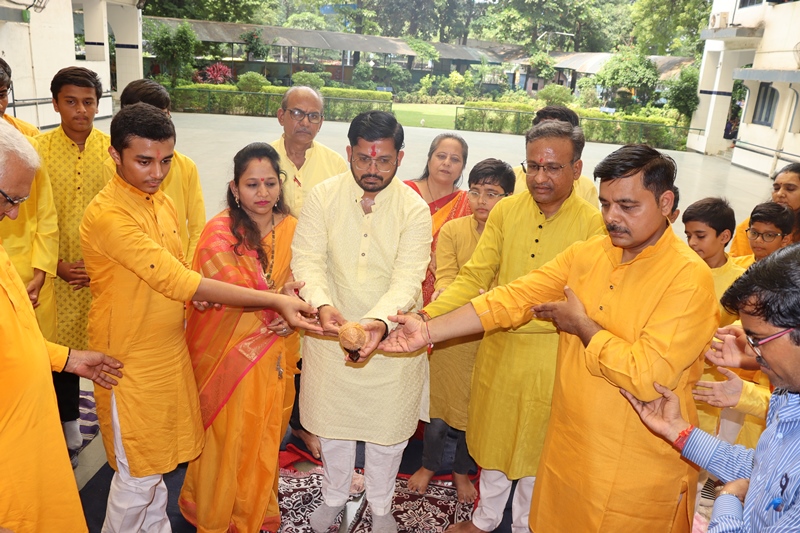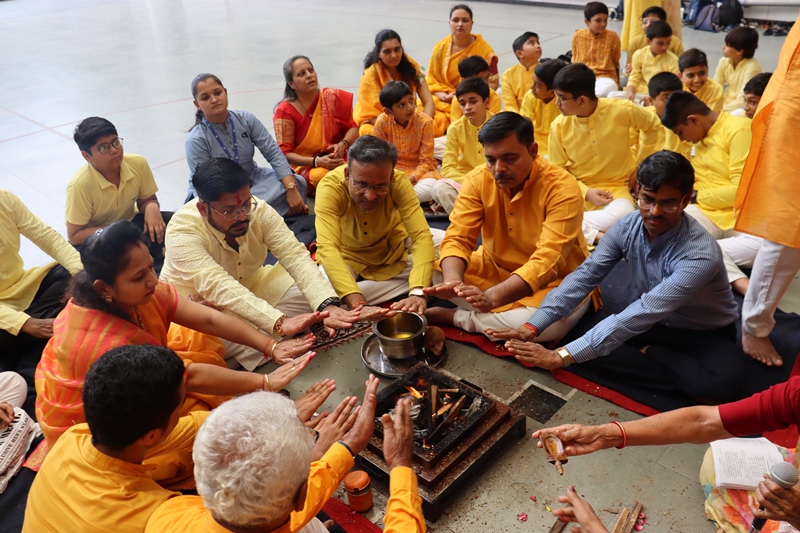Navaratri is a grand Hindu festival that is widely celebrated in India and across the globe by the Indian diaspora. This festival, also known as Durga Puja or Sharad Navaratri, is observed for nine nights and ten days and is dedicated to the worship of the divine feminine energy, Shakti. The festival holds immense importance and is celebrated with great zeal and enthusiasm. Each day of Navaratri has a special significance and is marked by unique rituals and festivities. In this blog, we will delve into the intricacies of Navaratri Day 1 and explore the significance of its rituals and celebrations.

Day 1: Ghatasthapana: The Worship Of Shaila Putri
Navaratri’s first day, Pratapavat, is dedicated to the worship of Shaila Putri, a form of Goddess Parvati. It holds immense significance in Hindu culture, marking the beginning of the festival and setting the tone for the following eight days of celebrations.

Significance of Day One
- Shaila Putri, the daughter of the Mountains: Shaila Putri literally means “the daughter of the mountains.” She is depicted with a trishul (trident) in one hand and a lotus in the other, riding a bull. She represents the embodiment of the energy of the Himalayas, symbolizing purity and strength.
- Symbolism of the Bull: The bull symbolizes dharma (righteousness) and is the vehicle of Lord Shiva. It signifies the importance of adhering to one’s dharma, even in the face of challenges.
- Awakening of Kundalini Shakti: Shaila Putri’s worship is believed to awaken Kundalini Shakti, the dormant energy within us. It is a reminder of the potential for transformation and growth that lies within each individual.

With having highly devoted bhakti,Sadhana and devotion for Goddess Shailaputri Gajera Vidyabhavan, Katargam celebrated Navaratri Day one in association with ‘SUNIAT MAKER’S SPACE with having a special theme – Goddess, Nature & Environmental awareness. On October 3rd, 2024 (Thursday) in Assembly Area.

- Ghatasthapana: The first day of Navaratri began with the ritual of Ghatasthapana. A small pot, or kalash, is filled with water and adorned with mango leaves and a coconut. This symbolizes the presence of the goddess in the household. All students and staff prayedto Shailaputri to seek her blessings.
- Hawan: To please the Shailaputri a Gayatri Hawan was organized in by Scholer Pandits. Member of students’ councils, staff, principal participated in the same by being Yajaman and offering Aahuties in yellow-colored attires.
- Prayer: Devotional songs and hymns are sung in praise of Goddess Shailaputri. These melodious tunes create a spiritual atmosphere and foster a sense of unity and devotion among the worshippers.
- Color of the Day: Each day of Navaratri is associated with a specific color. On Day 1, the color adopted yellow-colored attires.
- Offerings: Devotees offered flowers, incense, and Prasadam to the goddess. The fragrance of incense and the beauty of flowers are believed to attract divine blessings.

Conclusion –
Navaratri Day 1, dedicated to Goddess Shailaputri, signifies the commencement of this vibrant and spiritually enriching festival. It teaches us the importance of embracing purity, strength, and righteousness as we begin this nine-night journey of self-discovery and devotion. The celebrations on this day, from the Ghatasthapana to the colorful dances, unite people in their faith and reverence for the divine feminine energy, Shakti that permeates the universe.





